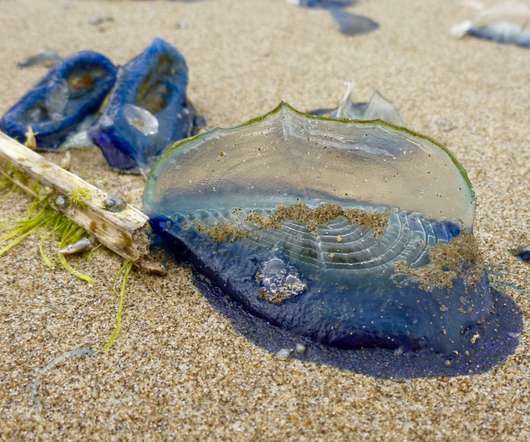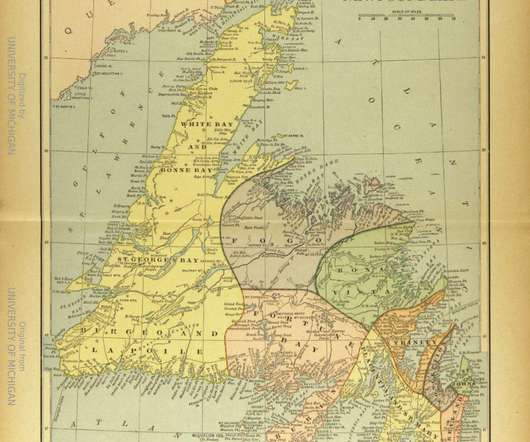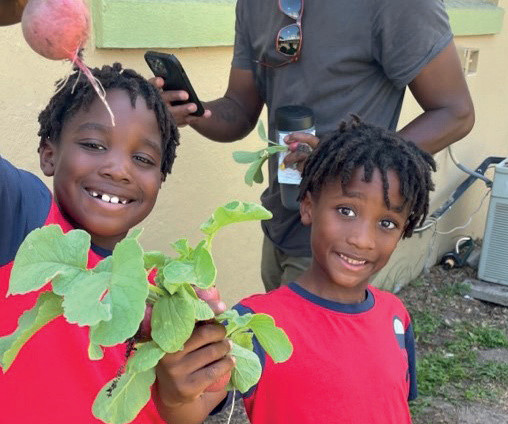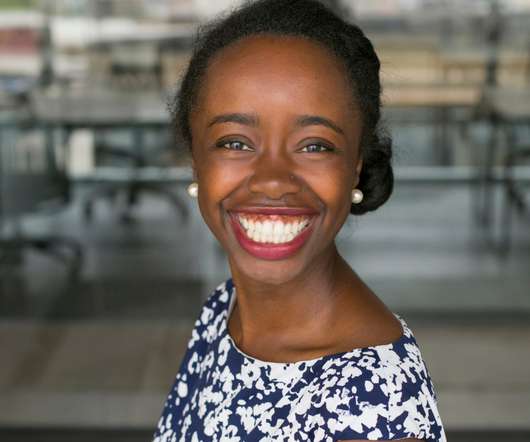How can place attachment improve scientific literacy?
Futurum
FEBRUARY 2, 2023
Ben is working with Dr Julia Parrish, a professor at the University of Washington, who is also the Executive Director of the Coastal Observation and Seabird Survey Team (COASST), an environmental, hands-on citizen science programme. Ben and Julia used two social science research methods to gather data. 1322820 and 2031884.












Let's personalize your content